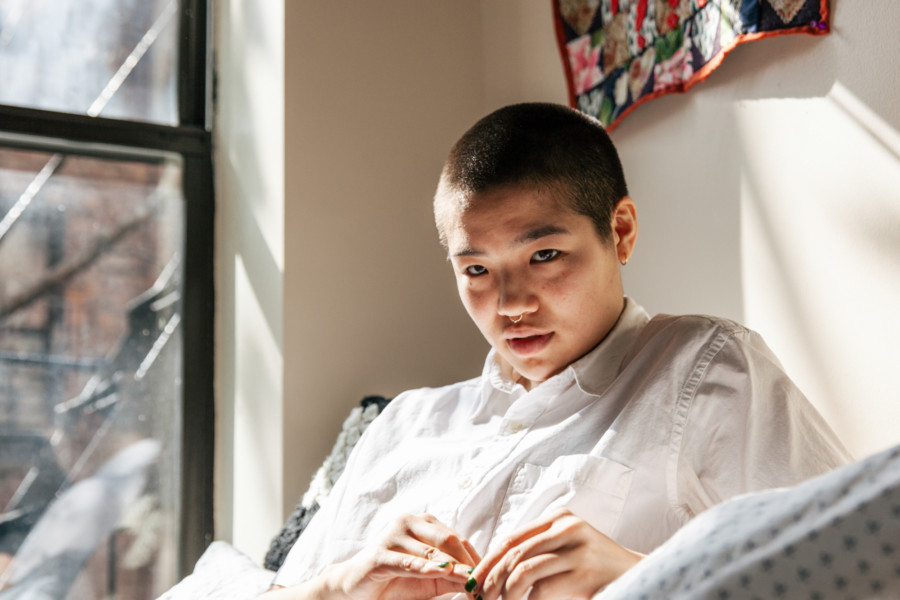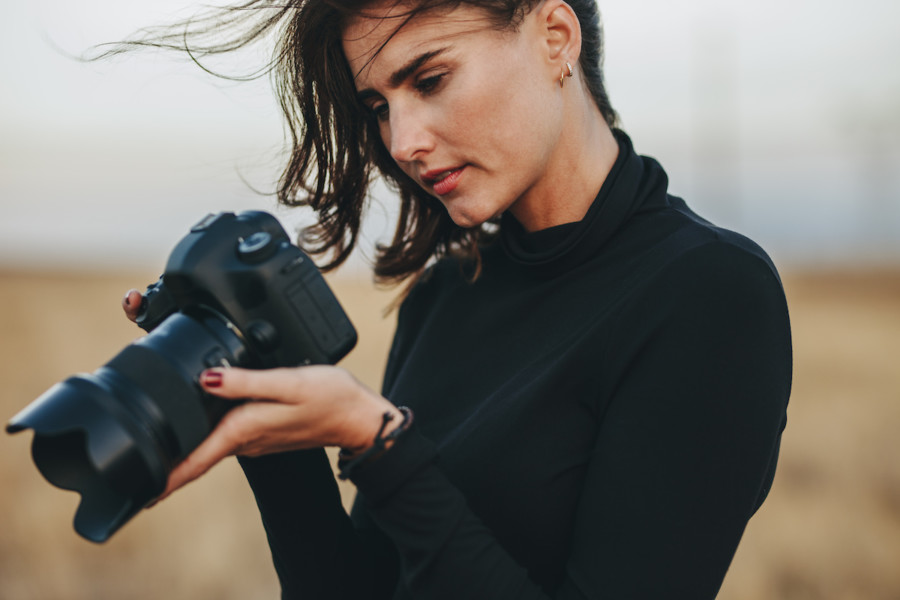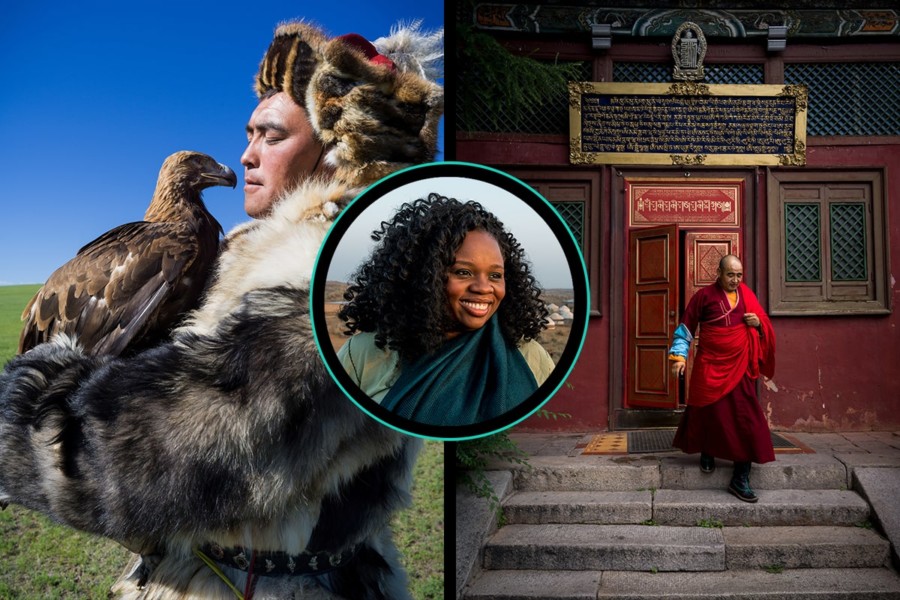Share
Inclusive Practices to Consider When Working with Queer Photographers and Photographing the LGBTQIA+ Community
Next week marks the end of Pride month, but we’re focused on keeping these important conversations going. The breadth of the queer experience is ...

Next week marks the end of Pride month, but we’re focused on keeping these important conversations going. The breadth of the queer experience is wide—bisexual women in heterosexual relationships likely don’t have the same experiences as queer people of color not accepted by their religion, is anyone talking about that?—and we’re encouraged by this year’s pride photography projects demonstrating that.
We’re encouraged as we’ve seen photographers pushing back on big brands who want to exploit their queer identities for corporate Pride purposes. We’re encouraged that artists are showcasing the diversity within this historically marginalized and stereotyped community. We’re seeing more representation in wedding photography and photos of same-sex couples going to prom. And that’s got to continue.
Before the month is up, we’re challenging all non-queer photographers to think more critically about their own storytelling, interviewing and photography practices. Are you playing into your own understanding of queerness or taking the time to really dive into a community you don’t belong to? Are you perpetuating a stereotype or exploring the range of the LGBTQIA+ experience? Wielding a camera has great power in forming history and it’s important to remember that anyone taking photos has a responsibility to stop and think how we might be impacting stories with unethical practices (many of which are unconscious and not malicious).
The following essay is written by Mengwen Cao, a queer photographer, educator, artist and cultural organizer who immigrated from China. Their work explores gender, race and cultural identity and they are a founding member of Authority Collective.
It’s one of the many meaningful essays outlining the importance of inclusive photographic practices featured in The Photographer’s Guide to Inclusive Photography, a free educational guide we made in partnership with our friends at Authority Collective.
Cover image by Mengwen Cao.
On April 11, 2016, I facetimed my parents in Hangzhou, China from my bedroom in Brooklyn. I told them I was working on a project and I wanted their feedback. I sent them the link to my video. They clicked play. My heart jumped out of my throat. That video was my coming out letter.
Watching my parents watch me share a deep secret was petrifying but also thrilling. So is my coming-of-age story. The 2000s witnessed a fast expansion of the Internet, which provided me a window to diverse ways of living. I spent countless hours watching queer movies and reading analyses of anime characters’ ambiguous (potentially queer) relationships. However, such things were completely hidden from my family because queer content was nowhere to be found in Chinese mainstream media. Instinctually, although I knew there’s nothing wrong with being queer, I also knew my consumption of queer content was something I needed to keep quiet.
I am humbled and honored to be an image-maker and culture worker now. I feel privileged to surround myself with diverse and authentic queer communities who care for each other deeply and also hold each other accountable. While I marvel at the surge and depth of queer stories available today, I also want to invite imagemakers to think critically and be more tender when approaching queer stories.
Do your research first, then ask questions that can’t be answered by search engines. Respect that intimacy and trust need to be earned with care and over time. The safe space queer communities co-create is sacred. Let us see your heart and we will invite you in.
Mengwen Cao
Every now and then I open up my laptop to find an email like this from someone I barely know:
“Hi. I am working on a project about (insert gender/sexuality topics). I know being queer is not widely accepted in (insert location) and it’s hard to be queer. I know you are queer and gender non-binary, and you are in (insert location), can you tell me everything you know, show me your most vulnerable side, give me a list of events you people o fen go to and connect me to all your friends?”
Don’t engage queer folks as mere fodder for your next story. Engage us as humans. Start by showing us who you are, so it feels like a mutual engagement. Introduce yourself as someone who cares deeply for the LGBTQI community and will be thoughtful in your visual approach, before asking others to open up.
An important question for you to understand yourself and to communicate to any potential collaborator on a story about queer communities is why you and why this topic? Show that you’re familiar with how people have covered the topic previously (especially other LGBTQI photographers). What is beyond the surface? What will you add to the lexicon of images on this subject and how will your approach be collaborative with the communities whose stories you’re asking to tell? We are more than drag performances, vibrant fashionable parties, or being mistreated and even killed for being who we are. Show us you understand that.
Another crucial aspect of working with queer communities is to examine your beliefs and stereotypes before stating them as absolute truths. Yes being queer is still di fficult in this patriarchal, capitalistic and binary system, but being queer also means exploring identities deeply, building alternative communities joyfully, charting collective futures bravely. If you can only imagine us as the Oppressed or the Other, then it’s time to change your lens.
We are also unique, multifaceted ever-evolving human beings. Just like you. Gender or sexuality are only layers of our identity. Not all queer-identified people from one area know each other. Not all queers share the same lifestyles, perspectives or experiences. Images should portray us as a vast spectrum of humanity where queerness is only a singular aspect of who we are or might be.
Do your research first, then ask questions that can’t be answered by search engines. Respect that intimacy and trust need to be earned with care and over time. The safe space queer communities co-create is sacred. Let us see your heart and we will invite you in.
Download your free copy of The Photographer’s Guide to Inclusive Photography to read more stories from industry leaders like Mengwen, and learn more about how to engage more generously with communities that are not your own.
Inside, you’ll find:
- Definitions and historical context for issues related to photographing race, gender, the Global South and more
- A list of helpful resources and questions photographers should ask themselves before their next project



